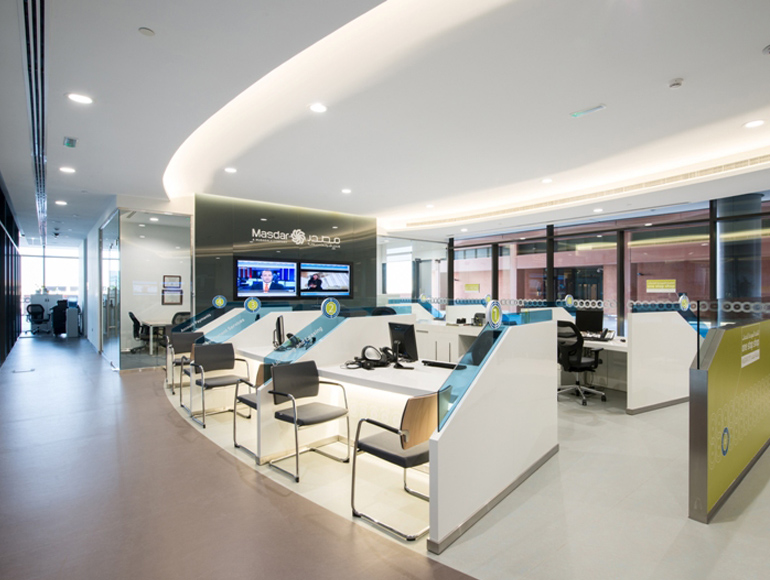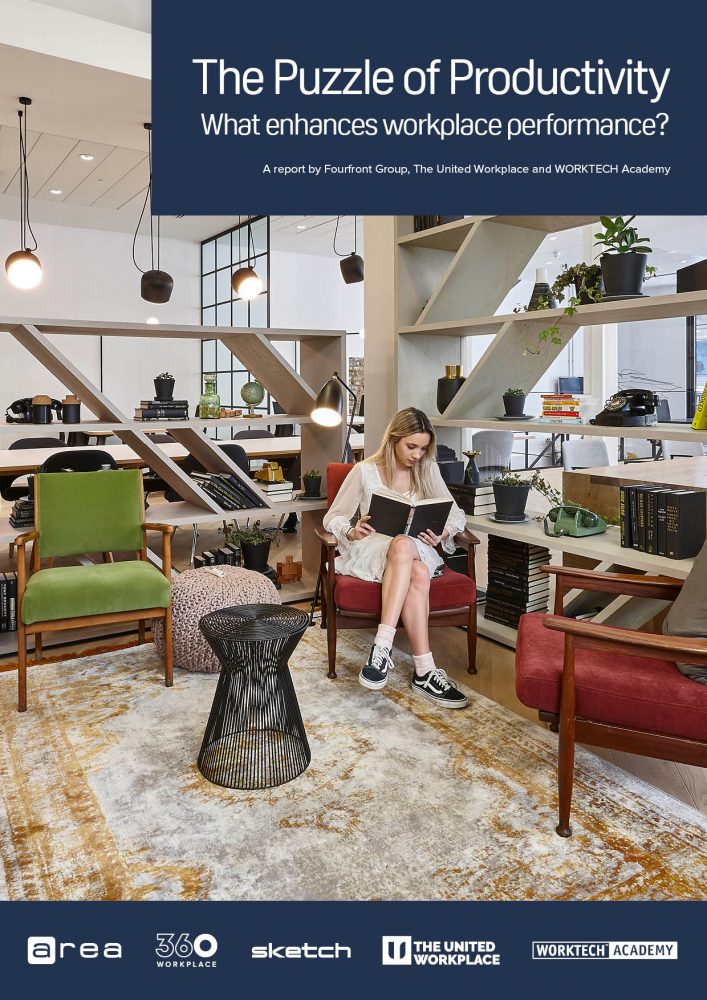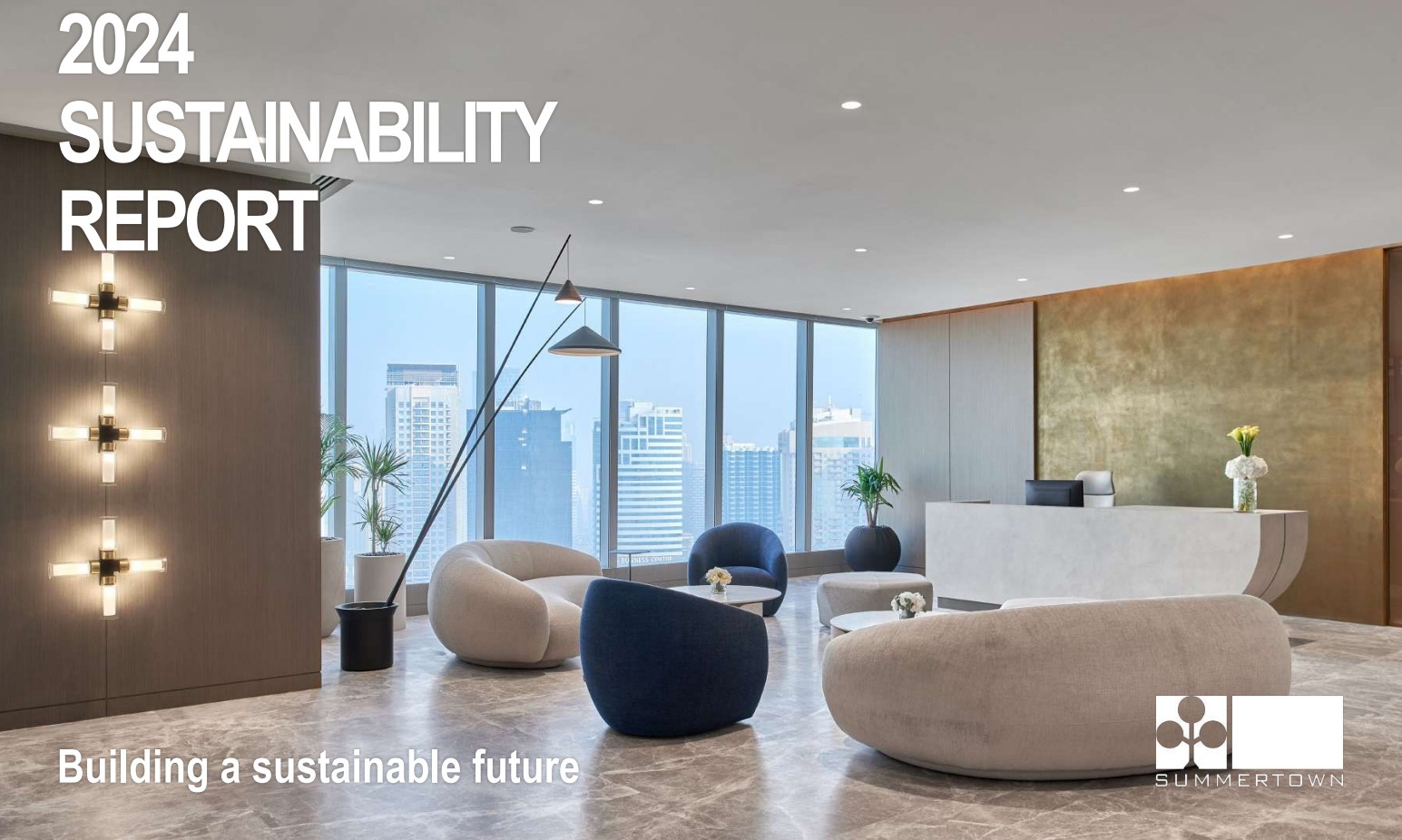Workplace Productivity Puzzle: Can it be solved?
Why are the advanced economies of the world not performing better in terms of workplace productivity than before the global financial meltdown in 2008? Are productivity levels the greatest economic question of the post-industrial world? Despite the economic rebound, employers feel that workers are not as productive as they should be despite the widespread adoption of technology, which should have increased performance.
In the UAE for example, despite extremely low unemployment levels and a generally very positive working environment, the most recent research shows that up to 85% of employees across the UAE are not “engaged” in their jobs. Disengaged workers lack motivation and function at below par performance levels.
‘The Puzzle of Productivity’ report explores the parameters of the subject of workplace performance by presenting the results and implications of a short international research study, which examines key factors and attitudes around driving up performance in the global workplace.
The study was undertaken in collaboration between The United Workplace partners (Fourfront Group, Summertown, Amicus, Contract Workplaces and Ware Malcomb) and WORKTECH Academy, and had participants from organisations in the UK, USA, Australia, South America and UAE as well as via WORKTECH’s global network.
Leadership is the most crucial factor impacting organisational productivity
In addition to a literature review, the report is based on research conducted among organisations in the UK, US, Australia, South America, and UAE, as well as WORKTECH’s global network (online survey and in-depth interviews). The survey probed the top factors seen as influencing productivity, looked at how companies measure and reward employee performance and enquired about future strategy. The report also benefits from the insights of recognised academic experts.
The main drivers of organisational productivity were identified as follows:
- Leadership
- Environment
- Technology
- Wellness
How We Define Performance Impacts Measure Improvement

Despite the pressure on companies to leverage both financial and non-financial metrics in assessing performance, there are still two competing ways of assessing organisational performance:
- Financial performance (profit, turnover, revenue generation, share price, billing hours and sales targets)
- Employee focus (employee engagement and satisfaction, behavioural metrics, values, culture, wellbeing, and 360-degree feedback)
The report’s findings show that many organisations are still wedded to out-of-date ways to evaluate employee productivity, better suited to the industrial era. Also, despite environmental quality ranking as a second most important factor in terms of raising performance, many companies are ill-prepared to implement effective changes in workplace design. Contradictorily, while technology scores lower than the environment in terms of importance, more companies are prepared to make substantial investments in tech upgrades. Finally, wellness is an issue that many companies, while acknowledging its importance, have difficulty in defining.
Leadership, Employee Engagement & Workspace Design
“If productivity is a puzzle to be solved, then leadership and strategy need to make new connections between space, tech, and people to find a way forward.”
 The ‘Puzzle of Productivity’ report highlights several ideas for companies wanting to boost their performance. The key takeaway is that each company must develop a strategy that integrates the four major drivers (Leadership, Environment, Technology, and Wellness). Organisations should invest in projects that break down traditional divisions between IT, HR and Facilities Management.
The ‘Puzzle of Productivity’ report highlights several ideas for companies wanting to boost their performance. The key takeaway is that each company must develop a strategy that integrates the four major drivers (Leadership, Environment, Technology, and Wellness). Organisations should invest in projects that break down traditional divisions between IT, HR and Facilities Management.
Workplace design should be the framework for expressing and developing strategies that motivate, engage and revitalise employees. Great leaders can articulate their strategic vision which is supported by great workplace design – that integrates environment, technology and wellness. People cannot be separated from the places in which they work. Creating productive work “spaces” requires creative leadership and innovative design. It is a synergistic process that combines the best office fit out design and technological solutions to enable workers to function at their best.
There is a multitude of factors impacting employee performance. But one of the most significant according to the literature is: motivation, engagement and new generation management. People management is one of the greatest challenges in any organisation. But, leaders should move beyond merely maintaining employee interest, to creating new organisational cultures that focus on innovation, creativity and “intrapreneurship”.
Creating a high level of employee engagement, which directly impacts business performance, is a complex matter. Our experience in the area of sustainable fit out has shown us that workplace design that is employee focused can be one of the most significant levers for increasing workplace productivity and engagement.
Marcos Bish, our managing director at Summertown observed that “the report shows that organisations need to focus much more on creating synergies between the major productivity drivers by adopting more holistic and joined-up thinking within their workplace strategies.”
Discover more insights in the “The Puzzle of Productivity” report.

